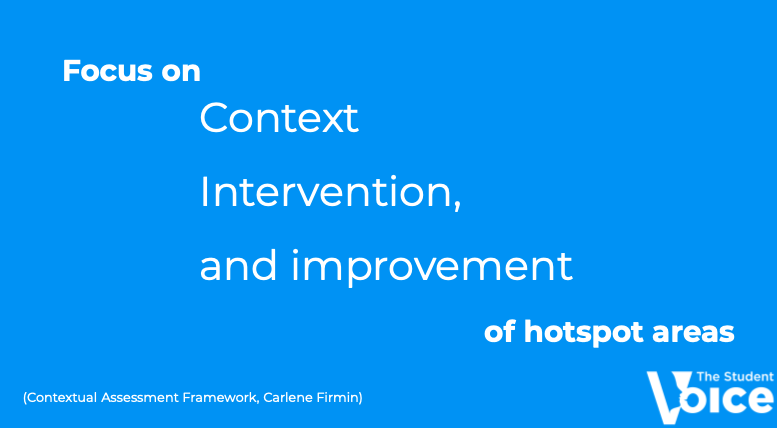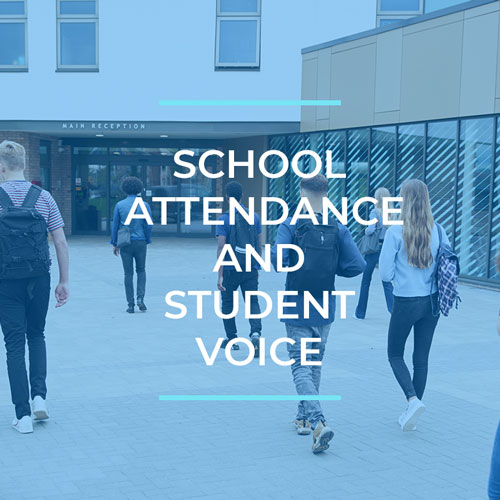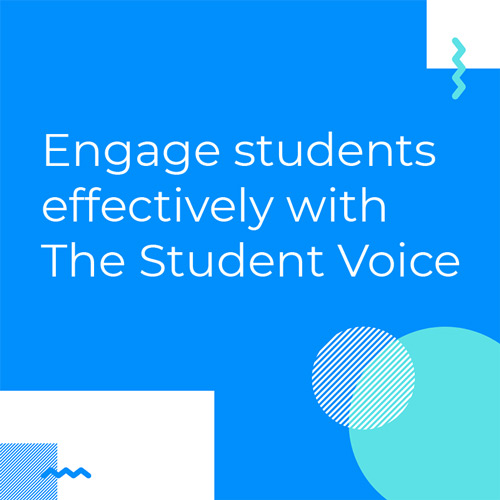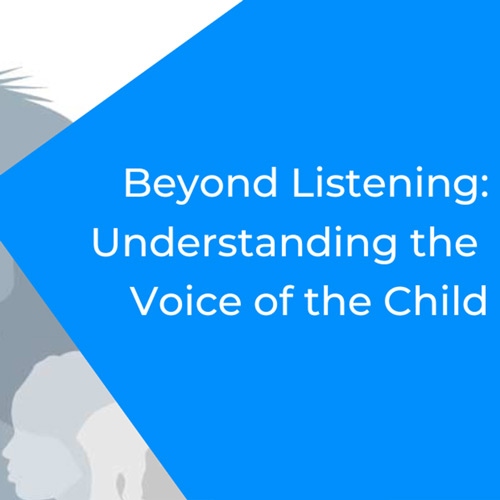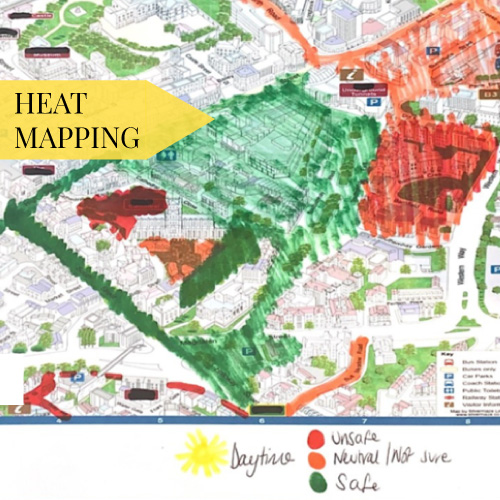NSPCC Safeguarding Training, Contextual Safeguarding
and The Student Voice
Safeguarding is everybody’s responsibility, but student safeguarding is an essential part of all roles within a school or college.
This blog has been written based on a contextual safeguarding workshop we held at an ECIS (Educational Collaborative for International Schools) event in 2020. This workshop presented the initial concept of The Student Voice, inspired by an introductory activity from an NSPCC safeguarding training course and Dr Carlene Firmin’s Contextual Safeguarding research and approach. To view the workshop click the link below.
Hello, my name is Jason Tait. I’m the Director of Pastoral Care and Designated Safeguarding Lead at TASIS, the American School in England.
During our time together, we’re going to explain to you what The Student Voice is, how it can contribute to a safer school community, and how it is fundamental to involve your students in developing that safer school community. All of this is built within a contextual safeguarding framework, so we’ll spend a little bit of time explaining what contextual safeguarding is about, and how that can proactively help you to safeguard your school community.
Get our blogs sent straight to your inbox.
Our four key questions sustain our value driven approach:
These four key questions tie into our values and are the fundamental drivers in all of the work that we do. If schools and communities can work to provide the answers then they will be well on their way to effectively safeguarding the young people under their care.
- How do you know your community is safe?
- What are the safeguarding issues your students are facing?
- How effective are your interventions?
- How do you provide opportunities for students to be involved in not only sharing information, but also providing solutions to safeguarding issues in your school?
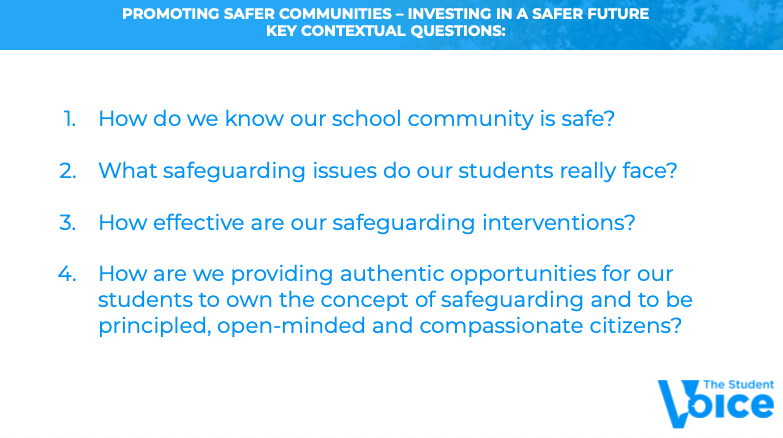
NSPCC Safeguarding Introductory activity – understanding barriers to reporting
I’m going to help you to understand the purpose of The Student Voice, and to start introducing the concept of contextual safeguarding. The initial concept of The Student Voice was inspired by an introductory activity from NSPCC safeguarding training.
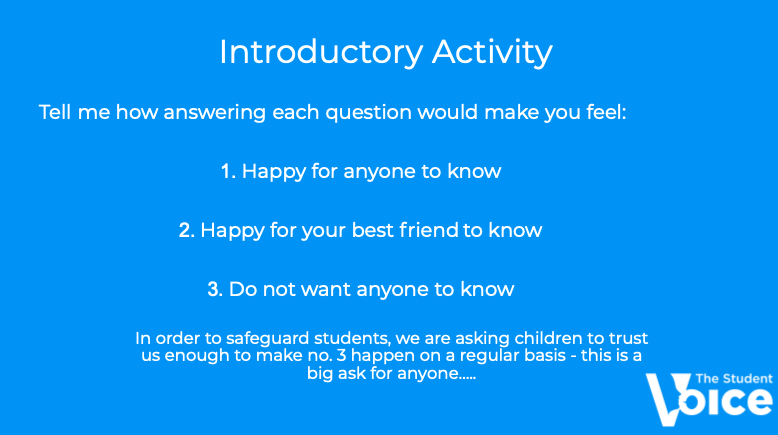
We have three questions for you to consider. Imagine you are about to have a meeting with me, in person, and I’d like you to just think about what your answer would be to the following three questions.
- What would you be happy telling me – something about yourself that you’d be very happy for me to know? What would that be? think about that.
- The second is, tell me something you’d be able to tell me, but in reality, you would only ever want to tell your best friend – someone who you really trust?
- The most challenging question is, what would you tell me is something you wouldn’t want me to know about you? Something that is going on in your life right now, or has happened historically in your life, but actually, you don’t want me to know, but that you feel you may need to share that in order to help keep you safer.
There is an important difference between these three questions. Now, I’d like you to consider not just your answer, but how you would feel. So, with question one, telling me something you’re happy for me to know, I would imagine you felt okay with that, that’s not an issue. Question two, when you’re going to tell me something that you would usually only be happy for your best friend to know, that’s going to stretch things a lot. If you’ve only just met me or don’t know me very well, you will not have such a trusting relationship with me.
Then reality question three – telling me something you don’t want anyone else to know about you? Something might be very deeply troubling or upsetting to you. In reality, you’re probably not going to tell me that. And in reality, in order for schools and teachers to safeguard students, we are asking students to answer question three to teachers on a regular basis.
That is in essence the challenge that we face with regards to safeguarding students in the schools. We’re asking them to go forward and talk to adults about issues they’re uncomfortable discussing, with people they don’t have so much contact with. There will be some trusting relationships, for sure, but do we have enough of those relationships for students to talk to teachers? Do we have enough avenues or different methods for students to communicate with teachers and designated safeguarding leads about issues in their life?
Contextual Safeguarding Framework
Firmin, along with Dr Jenny Lloyd, carried out significant research in expanding child protection system objectives beyond families and community safeguarding. Contextual safeguarding is an approach to understanding, and responding to, young people’s experiences in a range of social contexts, and ultimately expanding child protection system objectives beyond their families, in order to recognise young people are vulnerable to significant harm in these areas.
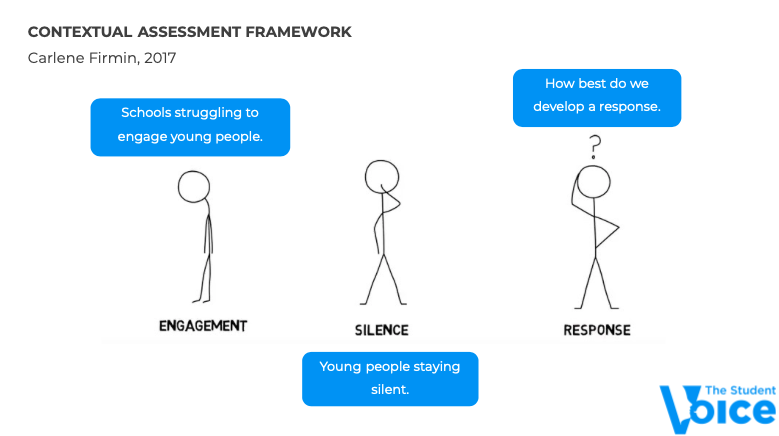
Dr Carlene Firmin identified that schools struggle to engage young people. There’s still a perceived communication gap between student and teacher about safeguarding issues that are going on their lives as a result. Through research Firmin discovered that young people tend to stay silent, and don’t really share the issue that they’re finding difficult or challenging in their students’ lives. That leaves schools in a conundrum of how we develop a response from our students.
The Student Voice page attempts to provide a response to that key question: How do we bridge the perceived communication gap between students and teachers? Before going to that slightly more depth, we’ll talk about what contextual safeguarding is because that’s key to understanding why we have The Student Voice page.
Keeping Children Safe in Education (2021) and Contextual Safeguarding
Keeping Children Safe in Education (2021) requires the need for schools to develop contextual safeguarding responses to issues in their school community. A contextual safeguarding response is a proactive solution to keeping children safe in your school community.
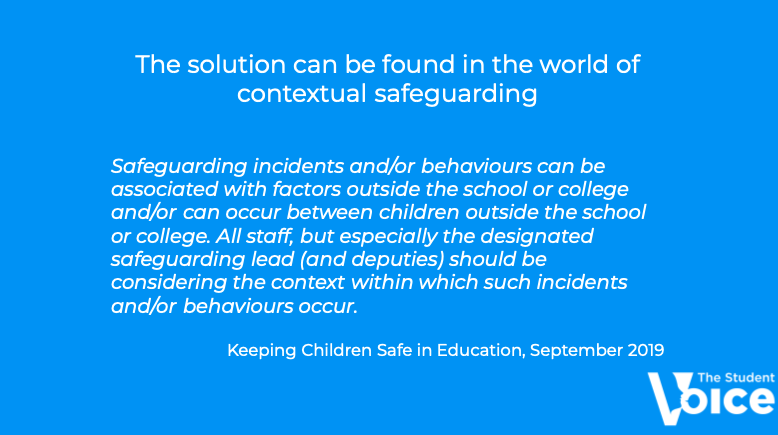
As an example, you might have bullying issues happening in your school, and those issues might happen in the same building. They might happen at the same time of day. They might happen at a time when you have younger students and older students being with each other unsupervised.
As you see a pattern of those bullying issues coming forward, the question is how do you change the context? Do you need more supervision? Do you have to change the layout of the building, or could you have to change the schedule and timetable of the day so the younger and older and younger children don’t intermix?
Contextual safeguarding challenges you to proactively change the environment to make it safer for your students. Again, that’s where The Student Voice comes in, and starts to provide a contextual safeguarding answer to issues in your school.
Why long term, live data is needed to tackle long terms issues:
The Wirral Safeguarding Children Partnership survey from 2000 young people displays the power of a live data contextual safeguarding reporting tool like ours (The Student Voice) and the role it can have in improving the safety of schools and local communities.
To summarise
The Student Voice is a contextual safeguarding information sharing tool that provides a safe platform and environment for school leaders and young people to understand and share concerns and worries in real time. We are seeking to bridge the perceived communication gap by listening to young people and allowing communities to respond to their concerns effectively; with the overall aim being to proactively identify and intercept safeguarding issues, and to ultimately protect our students and provide them with a forum to play their part in this process.
We strongly believe The Student Voice tool has the potential to transform how school communities can take responsibility for proactively safeguarding the children in their care. It is a genuine attempt to place students at the centre of school communities and empower their voice.
